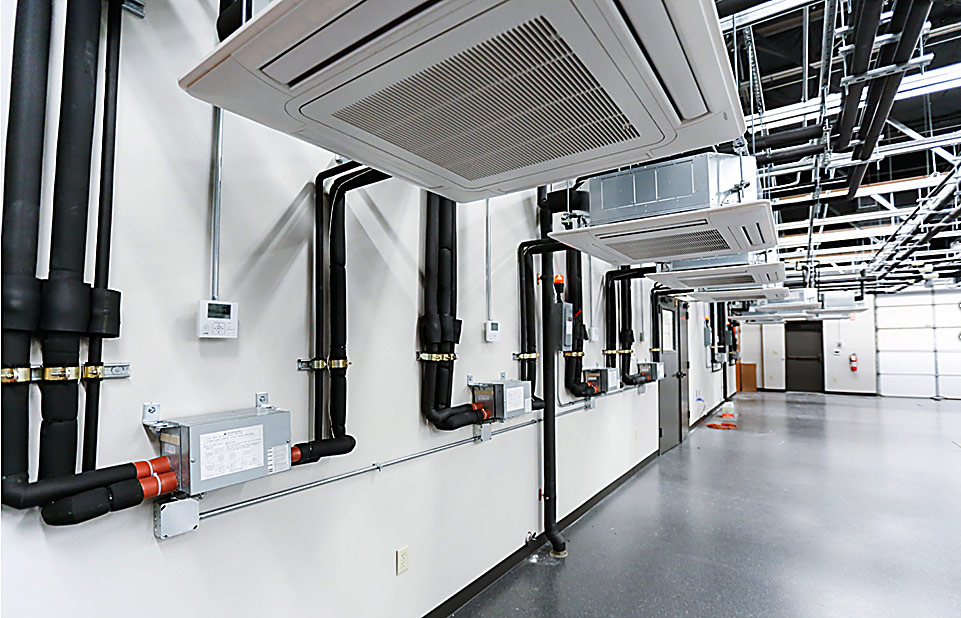If you have stayed abreast of technological advancements, VRF technology may not be a new concept. The VRF system has been in the talks for more than 30 years.
It started in the early 2000s in the United States and still is one of the most prominent technologies used. Let’s look at some of the nitty-gritty of the system.
What is VRF?
Variable Refrigerant Flow is the full form of the term VRF. This technology may sound simple but is very complex and requires expertise. It can be explained as a vast ductless HVAC system that performs at an incredibly high capacity.
The designs for VRF models may vary according to requirement and application. These technologies can even allow several indoor units or zones to work on just one system.
You can find these systems as heat pump systems and heat recovery systems. So they can provide both continuous and simultaneous cooling and heating.
Myths about VRF
There are numerous myths regarding these systems doing the rounds in the market. Some may seem true, but relying on only valid data and knowledge is essential. Here are some of the myths compiled together!
Myth 1: VRF is meant for commercial applications only
The VRF equipment is not just for commercial purposes. You can use it for an array of cooling and heating products. They can also be used in coexistence with both heating and cooling products. This also translates that a VRF can also be brought down according to the climate control needs for a smaller family place and an incredibly commercial colossal building.
Myth 2: VRF HVAC are huge and bulky
These are pretty compact and sleek compared to other types of HVAC systems. This is the exact reason why they act as an essential answer to all HVAC equipment installing activities and problems. You can use these systems in a minimal space and even renovate the old historical monuments.
VRF Systems: The facts
Some of the common myths regarding these systems, why not visit the top facts about the VRF technology:
Systems are pretty easy to install
The weight of the system is pretty less, and they are sleek which means that these systems are easier to install than other ducted equipment and even require half to no effort.
HVAC systems lack this advantage because installation is quite likely the most challenging part of usage.
These systems run at a lower volume than others.
HVAC systems have long been boisterous, but that’s not the case for VRF system! These systems are extremely quiet, and in fact, you won’t even notice them around. Installation for VRF systems has the additional benefit of reduced ambient noises outside and inside the building.
Wrap Up
There you go! Here is all that you would ever need to know about VRF systems. They may vary according to requirement and application.
Do try them out and see the magic for yourself.


















